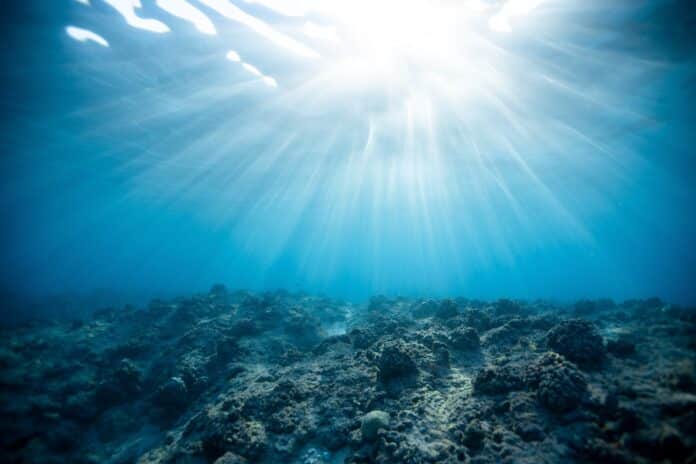In the oceans, the vast majority of biodiversity is contained within the microbial fraction containing prokaryotes and eukaryotic microbes, which represents ∼60% of its biomass. Studies looking that biodiversity loss increasingly impairs the ocean’s capacity to produce food, maintain water quality, and recover from perturbations.
Marine conservation efforts have focused on specific organismal communities, such as fisheries or coral reefs, rather than conserving whole ecosystem biodiversity. But, despite being the foundation of the food web, most marine microbial biodiversity numbers are based on a few well-studied locations.
Most recent discoveries only focus on macro diversity- least for the most abundant double-stranded DNA viruses sampled. In contrast, virtually nothing is known about microdiversity due to the controversy surrounding the existence of viral species.
Such microdiversity has been studied and is thought to drive adaptation and speciation to promote and maintain ecosystem stability. However, no datasets are yet available to explore genome-wide microdiversity in viruses, particularly at the global scale.
In a recent study by the Ohio State University, using data from Tara Oceans expedition (2009-2013), scientists provided the most comprehensive catalog to date of viruses found in all the world’s oceans, including the Arctic Ocean. The study has found that the oceans contain almost 200,000 different viral populations.
The study plays an essential role in providing detailed insights into the genetic variation within each population, informing researchers about the evolution and impact of ocean viruses on a global scale, and thereby consolidating our understanding of marine virus populations.
Led by the Ohio State University in the United States, this study, which involves teams from the CEA, CNRS, EMBL, ENS-PSL, and the Tara Foundation, associated with the new Tara Oceans Research Federation GO-SEE (1), brings the number of known oceanic viral populations from 16,000 to nearly 200,000.
In this study, scientists identified the viruses by analyzing their DNA. Beyond the Arctic Ocean, data collection involved other oceans, and at depths greater than previous studies. Beyond the Arctic Ocean, data collection involved other oceans, and at depths greater than previous studies.
Scientists drew up a global map of marine viruses based on seawater samples from nearly 80 sites around the world. Their viral tally is almost 12-fold higher than previous estimates. They were surprised to find that the viruses fell into just five groups based on their location and depth.
And the most surprising is the Arctic Ocean had lots of different types of viruses. It had been thought that hotspots for microbial diversity would be at the equator.
Ann Gregory, now of KU Leuven in Belgium said, When we examined the genes of the viruses in each of those communities, we found evidence of genetic adaptation to the different zones of the ocean.”
Better knowledge of ocean viruses is important because of their influence on other marine microbes, including bacteria and fungi. Viruses have an impact on all other tiny marine organisms, such as plankton, which produce more than half of the oxygen we breathe and absorb carbon dioxide from the atmosphere.
Matthew Sullivan of Ohio State University said, “Without microbes, the Earth, its oceans, and even our human bodies come to a halt. Our lab is helping researchers finally ‘see’ the hidden viruses that infect these microbes.”
This is very impressive work,” says Paul Turner, a virologist and evolutionary biologist at Yale University who was not involved in the study. “They’ve produced a hugely valuable data set here…that will be a tremendous resource for others to dive into.”

